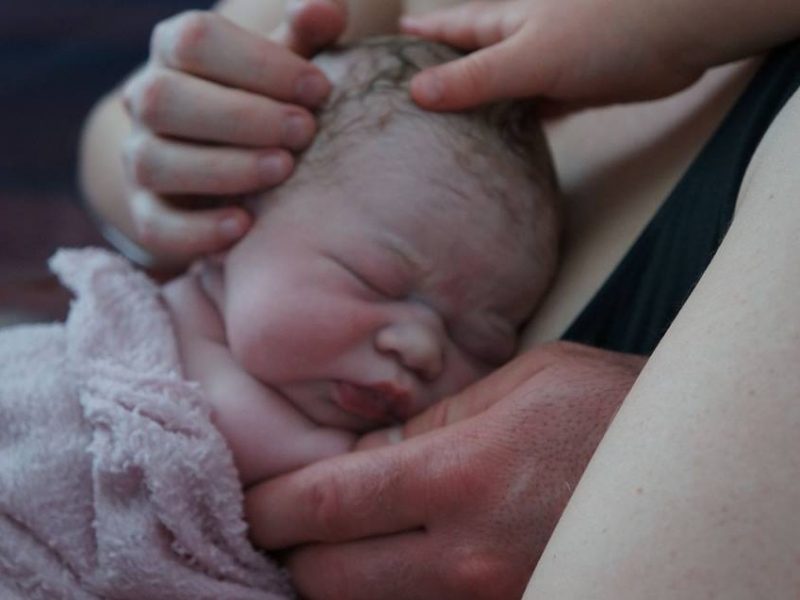The Overuse of C-section
With nearly 1 out of 3 births resulting in a C-Section, ACOG and the Society for Maternal-Fetal Medicine recently published recommendations amid growing concern that C-sections are overused. The new guidelines urge providers to wait longer before turning to C-sections. http://www.foxnews.com/health/2014/02/20/new-guidelines-to-reduce-c-section-births-urge-waiting/
This article is testimony to the fact that trying to quantify a natural process is nearly impossible.
Factors that can influence labor
We midwives know that women are complex creatures. The length of their labors and births are fraught with complexities that make each one unique. A woman comes to the end of her pregnancy with her own set of fears, cultural beliefs, and anatomical variances. Her nutrition factors in, as well as her fitness prior to and after pregnancy. A woman’s age, physical and mental health issues, family relationships, provider biases, prior birth experiences and place of birth are some more of the many reasons why each labor must be considered individual. And then labor itself has its own myriad of considerations. How could we possibly say every one of these complex creatures should push out their babies in 2 hours?
Why do Midwives’ care result in fewer C-sections?
There are many good reasons for a higher cesarean rate in our country. I believe one of the largest reasons is the underutilization of midwives. As a midwife for the past 20 years, I know that my detailed, personalized approach to labor and birth results in a lower cesarean rate than that of most obstetricians caring for low risk women. I try to account for all the factors that will affect her ability to birth her baby vaginally and adjust her care accordingly. A woman terrified of needles (and there are more than you might think) is a good candidate for hydrotherapy. A woman with a history of cesarean needs many things but she needs most importantly the time to process her previous birth(s). Many women need a little tough love offered by their midwife to persevere through a very difficult day. But it is the midwifery model to create a birth plan with a woman and work as hard as we can to make it happen. This attention to all the” little things” is why midwives see fewer surgical births but I hope these new guidelines will result in fewer surgical births for all women.






